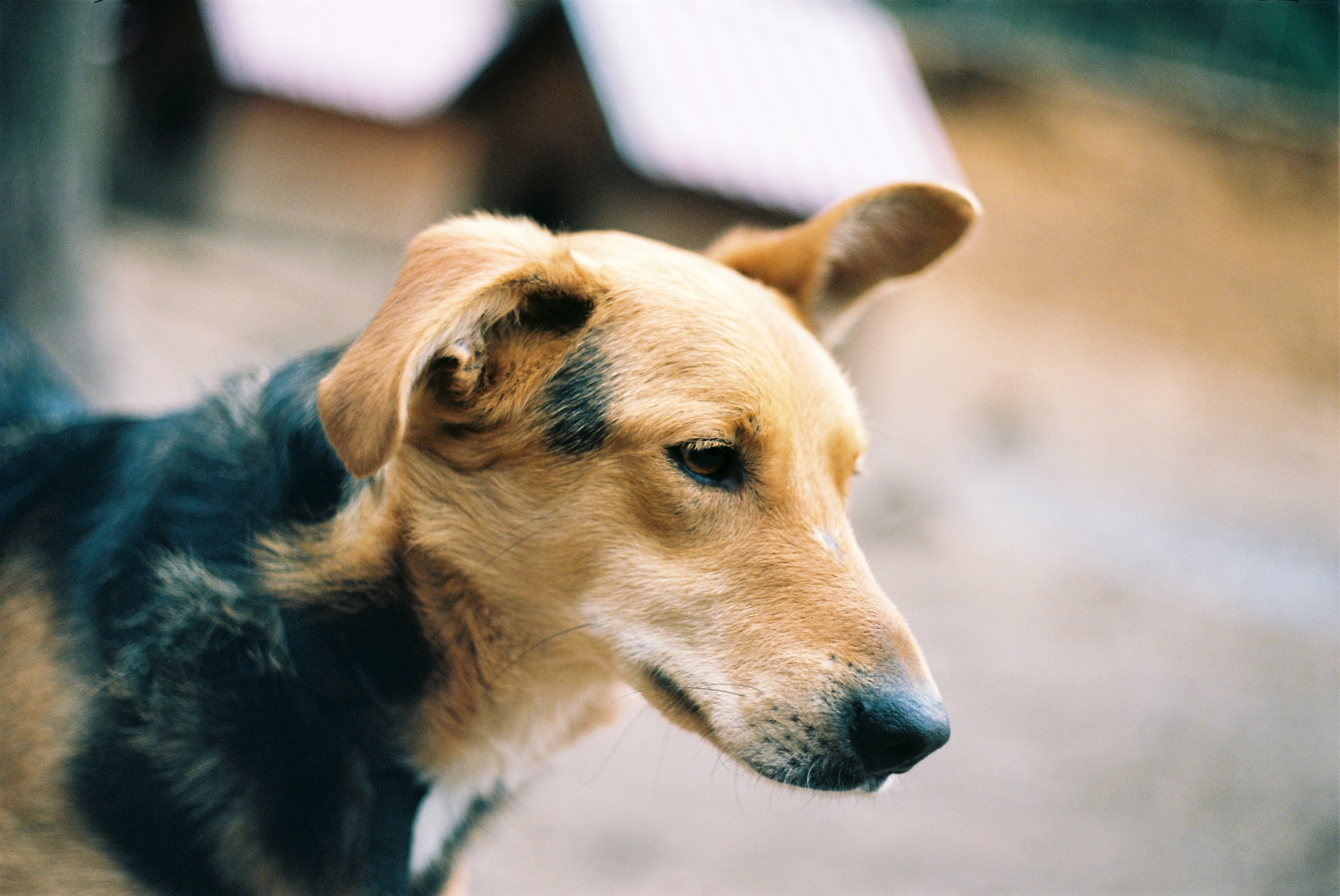Things to remember when bringing a rescue home
Here are a couple tips to help ensure you’re rescues transitions into your home is an easy one.

When bringing home a rescue there are always a few things to be prepared for as a foster parent. As a foster parent your responsibility is to help your foster rescue transition into urban living, which most have never had a chance to experience.
1. Prior to bringing your new rescue into your home it’s always a good idea to go out on a 30-45 min controlled walk. After being in crate and on a flight for over 8-10 hours some dogs can get stressed, and when in that state of mind while entering your home they may incorporate your home with stress. A nice walk will help release that stress and start building a relationship with you and your new dog, this also shows them that you are there to guide and support.
2. Bring your dog into the home on leash, for the first 2-3 weeks it’s always a good idea to keep a leash on your foster to guide them throughout the new rules of the home they are in. This will stop any bad behaviour from beginning to surface as well it will give them the opportunity to experience the home in a controlled manner. Remember most rescues have never lived in a home, certain activities may cause a fearful reaction without being guided through it, this will help your transition process for your pup.
3. EXERCISE! It is very important to remember getting in your 2 controlled walks a day, this is an important aspect to help build a relationship with your new foster as well as to drain any excess energy they may have. Remember to place down rules while on a walk such as stopping at every cross walk to check for cars, making sure to follow on cue etc.
4. Doggy Daycare is another important factor to take into consideration while fostering or adopting. Daycare for your pup will help them socialize to the urban way dogs socialize, some rescues are not use to confrontational meets during walks which may cause them to react, but in a controlled daycare setting it will be much easier for them to pick up new cues from observing other dogs and seeing how they engage in play.
5. TRAINING must start right away, start with basic commands, SIT – DOWN – PAW/SHAKE – STAY- COME. Ensure to start practicing these commands in your home and in your yard prior to going out and testing in a distracting area, give yourself 2 weeks to practice, once you feel confident you can use a LONG LEAD or a RETRACTABLE LEASH to practice out in public and perfect your commands. Remember to start with treats and gradually ween off and into affection instead as you will always be able to provide your companion with it.
Remember to have patience with your rescue foster and practice makes perfect, the more we practice with our dogs and create real life situations the better and more responsive they will be.
